In 2024, wood and product exports will reach 16.25 billion USD, surpassing the old record set in 2022. The export outlook for 2025 is forecast to be positive and target 18 billion USD.
Export of wood and wood products surpasses historical milestone
Import and Export Department (Ministry of Industry and Trade) cited data from the General Department of Customs, saying that it is estimated that in the fourth quarter of 2024, the export value of wood and wood products will reach 4.5 billion USD, an increase of 7.4% compared to the third quarter of 2024 and an increase of 17.3% compared to the fourth quarter of 2023. Of which, the export value of wood products is estimated at 3.2 billion USD, an increase of 6.8% compared to the third quarter of 2024 and an increase of 17.4% compared to the fourth quarter of 2023.
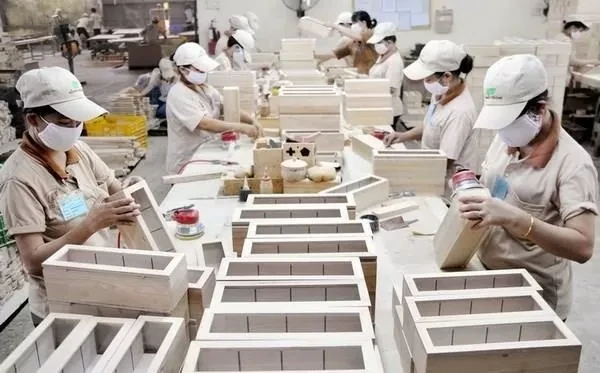
Overall, in 2024, the value wood export and wood products are estimated to reach 16.25 billion USD, up 20.3% compared to 2023. Of which, the export value of wood products is estimated to reach 11.2 billion USD, up 21.9% compared to 2023.
Compared to the previous record set in 2022 (15.8 billion USD), the export turnover of wood in 2024 has exceeded about 500 million USD. Along with wood, non-timber forest products also contributed 1.04 billion USD in 2024, helping the total export value reach about 17.3 billion USD.
In 2024, Vietnam's wood and wood product exports achieved impressive results, overcoming many challenges to get closer to the set target.
The results were achieved thanks to the efforts of enterprises in the wood industry, proactively seeking markets, participating in trade fairs and exhibitions, and shifting from export processing to designing new models and improving product quality. Along with that, the recovery of consumption in major markets such as the United States and Europe, especially in the US market, has created opportunities for the wood industry to accelerate exports. In addition, the Vietnamese wood industry has penetrated deeper into important markets and expanded its presence in emerging markets such as the UAE and India.
Forecast of 18 billion USD
Despite positive results, the wood industry still faces many challenges such as the need to control the legal origin of wood from major export markets, the risk of trade fraud, competitive pressure and global economic fluctuations.
With the current growth momentum and efforts of businesses and management agencies, the Vietnamese wood industry is expected to continue to achieve new achievements, consolidating its position in the international market.
The export prospects of wood and wood products in 2025 are forecasted to be positive, with the export target reaching about 18 billion USD (according to the Department of Forestry - Ministry of Agriculture and Rural Development).
However, the export prospects of the wood industry in 2025 depend on many factors, including global economic recovery, consumer demand in major markets, trade policies, and the competitiveness of businesses in the industry.
Major export markets bring export prospects for the wood industry, in which the US market is the leader, but strong competitive pressure from other suppliers such as China, Malaysia, Indonesia, this requires Vietnamese enterprises to focus on developing products with added value.
Next is the EU market, the EVFTA Agreement (Free Trade Agreement) Vietnam - EU) continues to bring tariff advantages, expanding opportunities for wood and processed products. In the Chinese market, demand is increasing due to urbanization and construction development. However, businesses will have to meet stricter requirements on legal wood origin.
Market challenges that the wood industry faces include: Major markets such as the EU and the United States are increasingly tightening requirements on wood origin, requiring Vietnamese businesses to improve control of the supply chain; markets such as Indonesia, Thailand and Malaysia are all strong competitors in the region; the risk of economic downturn in major markets may affect consumption demand. Therefore, the wood industry needs to prepare carefully to overcome challenges and meet the increasing demands of the international market.
Mr. Ngo Sy Hoai – Vice President and General Secretary of the Vietnam Timber and Forest Products Association (VIFOREST) – informed that Vietnam has exported wood and wood products to over 160 countries and territories. With such late integration, the wood industry is being closely “examined” and has to deal with many trade defense cases.
To achieve the export figure of 17.5 - 18 billion USD, Mr. Ngo Sy Hoai said that trade promotion is one of the most important tasks.
However, in recent times, domestic and international fairs and exhibitions, with the support of the Trade Promotion Agency, local businesses and associations have participated in fairs but not many. Therefore, it is recommended that Trade Promotion Agency There are policies to encourage businesses in the Northern region and craft village businesses to participate in more fairs. Participating in fairs to sign contracts right away is difficult, but attending fairs to “expand” is necessary.
With domestic fairs, Vietnam has become a wood processing center in the world, currently large wood industry fairs and exhibitions are held in Vietnam. Therefore, it is recommended that the Trade Promotion Agency, through trade counselors abroad, promote and introduce these fairs; thereby attracting more attention from international markets.
The wood industry in general is still operating in a processing method, not paying attention to branding. Ministries and sectors are focusing on export growth figures, but businesses need to focus on profits. Therefore, in the coming years, there needs to be changes, developing in depth, instead of horizontally.
Because wooden products are bulky products, participation in e-commerce sites such as Alibaba, etc. is still limited and difficult to implement, so it is recommended that the Trade Promotion Agency pay attention to e-commerce for the wood industry.
The wood industry is actively transforming digitally and greenly to meet the regulations of major markets such as the EU, the United States, etc. Therefore, at the national level, Mr. Ngo Sy Hoai also wants the Ministry of Industry and Trade to send the message "the Vietnamese wood industry says no to illegal wood" to the world market.
Regarding this, according to Mr. Tran Quang Bao - Director of the Forestry Department (Ministry of Agriculture and Rural Development), the green factor will be one of the major impacts on Vietnam's wood export trend in the long term, when many regulations of the markets are being implemented and enforced such as the anti-deforestation regulation (EUDR) or the European Carbon Border Adjustment Mechanism (CBAM).
Therefore, in addition to building high-tech processing zones, expanding export market share, proactively promoting trade in wood and wood products in key markets, and developing sales through channels e-commerce, the wood industry needs to pay more attention and invest in raw material areas. Specifically, it is necessary to develop more large timber plantations, sustainably managed forests and certified forests (FSC or PEFC).
Currently, the Forestry Department has coordinated with units to pilot the issuance of forest plantation area codes in some northern provinces, with the aim of expanding nationwide. The task of this code is to develop a legal timber supply chain, ensure traceability of timber origin in accordance with international requirements, as well as develop a measurement, reporting and verification (MRV) method to determine the carbon absorption and storage capacity of planted forests. “The higher the standards of Vietnam's plantation forests, the easier it is for wood and wood products to penetrate demanding markets,” Mr. Tran Quang Bao emphasized.
Source





![[Photo] "Beauties" participate in the parade rehearsal at Bien Hoa airport](https://vstatic.vietnam.vn/vietnam/resource/IMAGE/2025/4/11/155502af3384431e918de0e2e585d13a)
![[Photo] Looking back at the impressive moments of the Vietnamese rescue team in Myanmar](https://vstatic.vietnam.vn/vietnam/resource/IMAGE/2025/4/11/5623ca902a934e19b604c718265249d0)

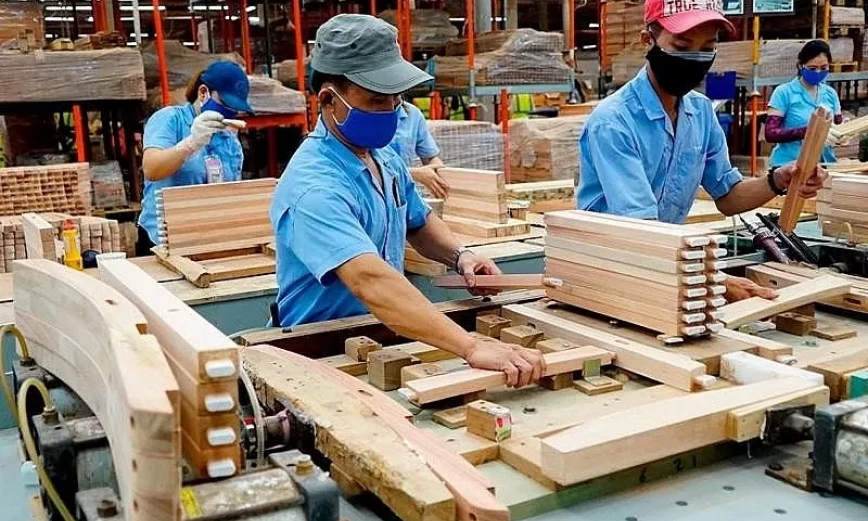
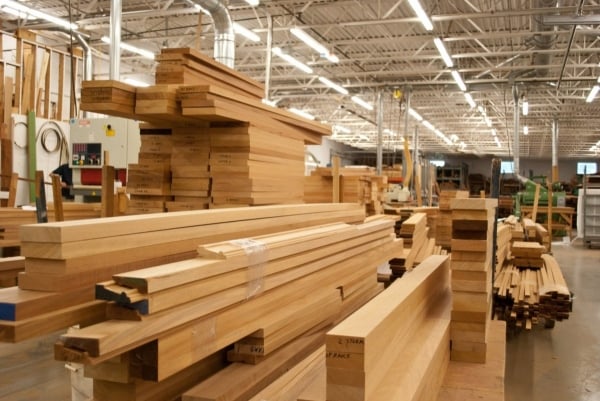

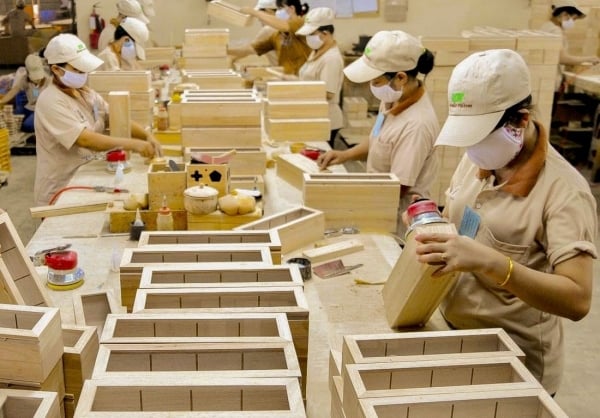









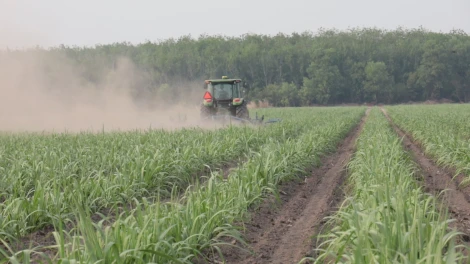
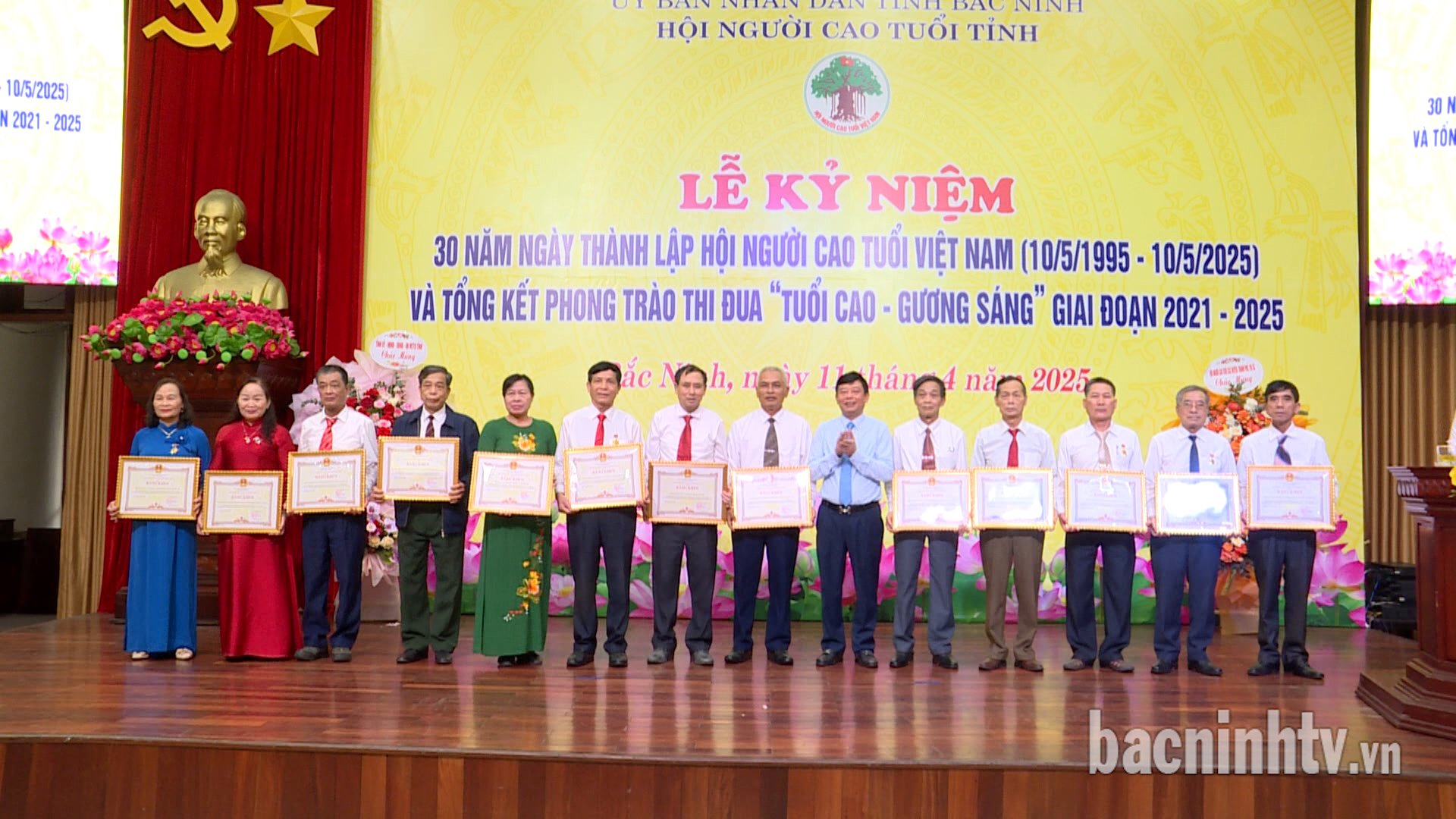




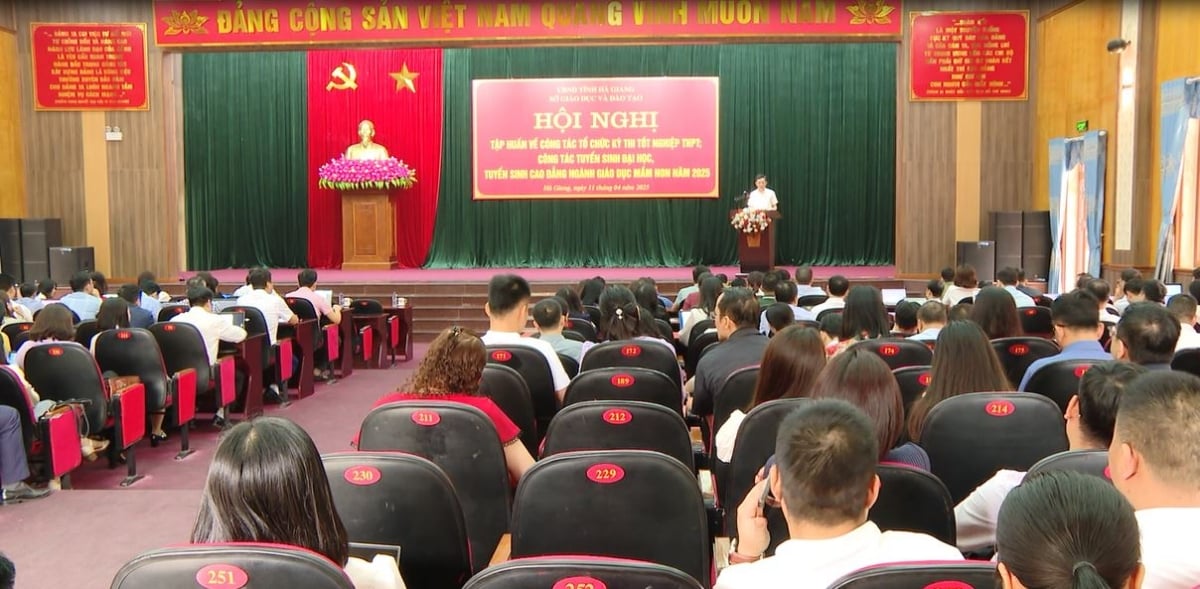



![[Photo] Summary of parade practice in preparation for the April 30th celebration](https://vstatic.vietnam.vn/vietnam/resource/IMAGE/2025/4/11/78cfee0f2cc045b387ff1a4362b5950f)


























































Comment (0)